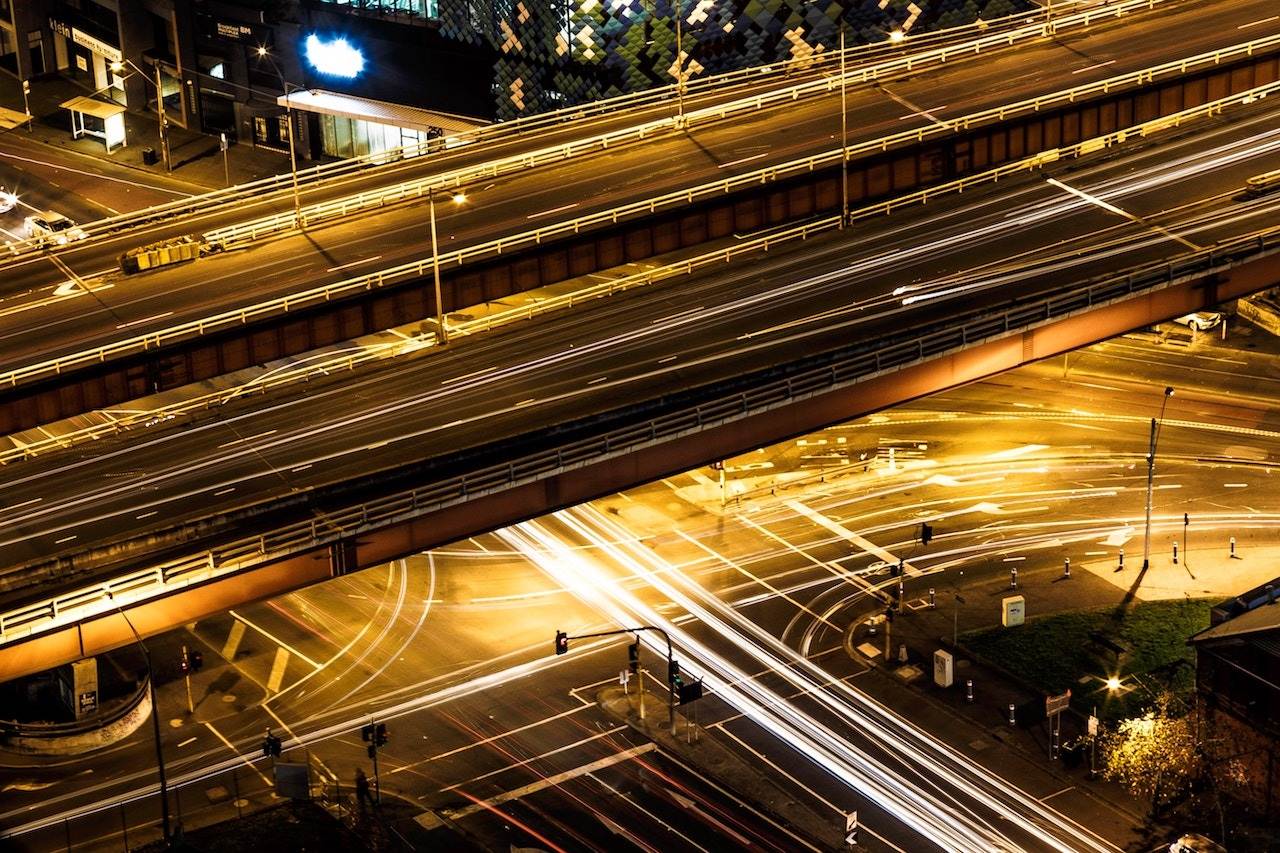10 July 2015
Infrastructure and Planning Reform in Victoria and Queensland
The Andrews Government is developing plans to overhaul the way infrastructure is developed and built in Victoria. It is establishing two key non-partisan bodies, Infrastructure Victoria and Projects Victoria, both of which are drawn from Labor’s 2014 Policy Platform.
The particular political impetus for this move is, of course, the East West Link. Victorians saw just how much can go wrong, and how much money can be wasted, when a lack of transparency and political expediency prevails over long term goals.
Infrastructure has traditionally been a means for governments to make their mark on Australia’s cities and towns. But infrastructure should serve a greater purpose: it should serve the long-term interests of the community.
So while these state agencies may conjure up images of Utopia, with “nation building” projects dying under the crushing weight of bureaucratic torpor, they can manage and prioritise infrastructure plans outside of the pressures of the electoral cycle and allow for greater transparency and public oversight.
In Queensland in late May, Premier Palaszczuk released the Better Planning for Queensland directions paper, which seeks to garner public participation in all stages of the process.
The moves by the Victorian and Queensland governments are preliminary, but they signal a broader cultural shift in the way government needs to approach the development of infrastructure. Palasczczuk and Andrews are offering an independent, long-term approach to infrastructure that takes it away from the battleground for political point scoring. As the “Infrastructure Prime Minister”, Tony Abbott should take heed.
Focus on Women in Australian parliaments
At the beginning of June, the death of Joan Kirner, Victoria’s first female Premier, could be seen as the end of an era. While it’s true that we are passing an era in which we see women as firsts in leadership positions, it is still far from the norm.
Many of us have benefitted from the tireless advocacy and unflinching commitment of women like Kirner to address problems of both the perception and reality of women as leaders.
Kirner’s position as Premier, though brief, unsettled the status quo. Cartoonist Jeff Hook, when confronted by her about his infamous cartoons of her replied, “well Mrs. Kirner, I know how to draw Henry Bolte and I know how to draw Bob Hawke, or John Cain or Paul Keating, but I’ve never had to draw a woman in power before and I don’t know how to draw you”. Thus her time as Premier established a precedent for women in public life. No longer could cartoonists, or the public, claim not to know what such a woman should look like.
But getting to an era where women in leadership is the norm still has a long way to go.
This week the OECD released its Government at a Glance report. One of the aspects of the report is to look at diversity in public institutions. They argue that diversity in terms of gender and age is becoming increasingly important for governments seeking reform and best practice. It notes that, “a more representative public administration can better access previously overlooked knowledge, networks and perspectives for improved policy development and implementation.” Across the OECD, the report finds that while women are well represented in the public sector workforce, they still face important barriers in reaching senior leadership positions. This finding would also be familiar to women in the private sector.
The report shows that Australia’s global ranking in this area is now abysmal. The number of women wielding real political power in Australia puts us near the bottom of the pile. We are sixth lowest in the number of women Ministers in our Federal government, with our Cabinet having only 2 women. But hey, that is double the number in the original Abbott Cabinet.
In the two social democratic governments we have been looking at this year, we can at least see better stats: both Queensland and Victoria are leading the way. Queensland has Australia’s only current female state Premier, and Deputy Premier, and has a groundbreaking 53% of female Ministers. In Victoria 40% of Ministers are women. This compares well to NSW, for instance, which currently has only 18% of Ministers.

